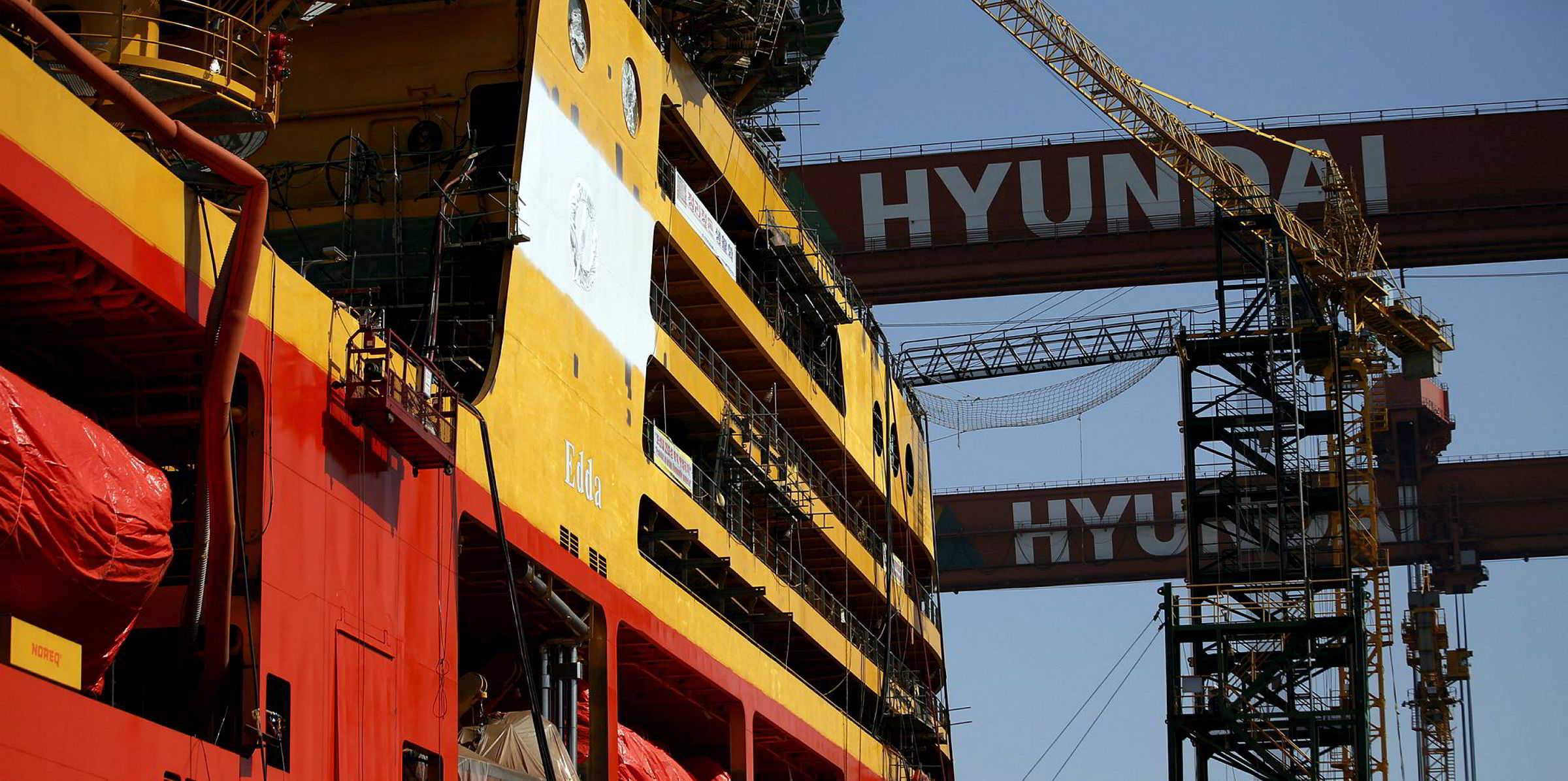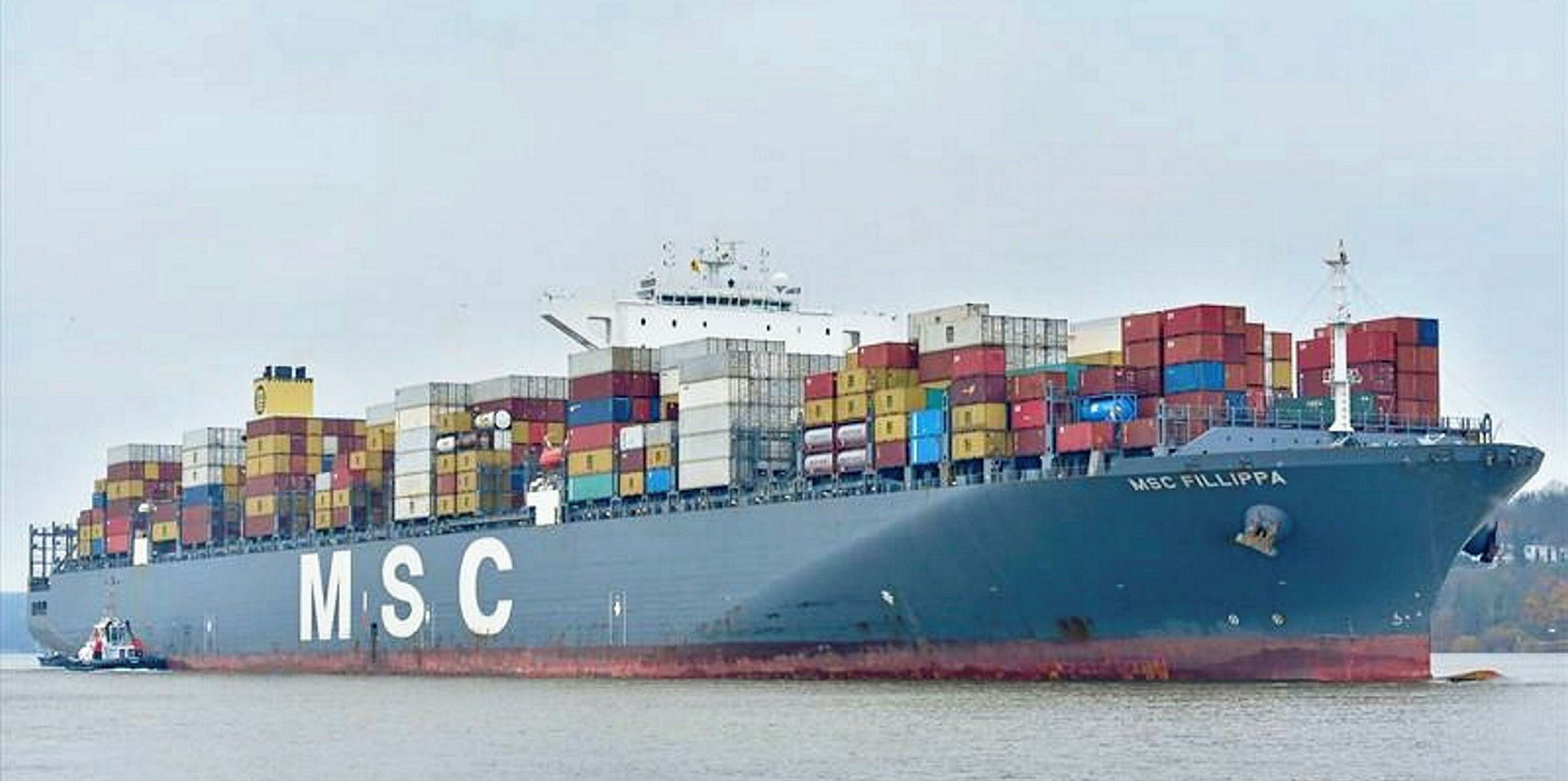Great uncertainty over shipping demand and environmental rules have taken hold of newbuilding markets, with the dearth of orders expected to persist in the coming quarters.
As the Covid-19 pandemic continues to rampage around the world, 2020 has turned out to be even worse than newbuilding brokers feared as ship investors have pulled back.
Amid limited orders across the sectors, data from Clarksons Research shows newbuilding orders for 281 ships — worth $16.7bn — were placed in the first 10-and-a-half months of the year.
This compares with 710 vessels contracted for $45.5bn for the whole of 2019. Many industry experts believe this year will be one of the worst for newbuilding orders.
“[There is] Plenty of uncertainty at the moment, such as the current economic situation due to [the] Covid-19 pandemic,” Dalibor Gogic, IHS Markit’s principle shipping analyst, said.
“On top of that, [there is] no clear understanding on the way decarbonisation in shipping seems to have been discouraging newbuilding orders for quite some time.”
The global economic outlook is expected to become clearer if mass vaccinations can take place next year, which could provide some clues on shipping demand.
But the global transition to low-carbon energy suggests many in the industry are unable to know for certain which propulsion systems they should use on their newbuildings.
“For investors and owners, it’s time to hold your horses on newbuildings and wait for as long as possible,” Bimco chief shipping analyst Peter Sand said.
Tankers and bulkers hit
To combat climate change, it is generally believed that renewable energy will need to have a much larger share in the global power mix at the expense of oil and coal.
Some analysts said the trend would curb newbuilding investment in tankers and bulkers, aside from the occasional ordering for fleet-renewal and dual-fuel projects.
“With increased decarbonisation efforts, new tanker orders are less likely to increase,” Drewry Maritime Advisors director Jayendu Krishna said.
“We would expect slow growth in dry bulk vessel ordering as well due to slowing coal trade caused by the advent of renewables.”
According to Clarksons Research, just 116 bulkers — totalling 8.07m dwt — have been ordered this year, compared with 336 vessels of 30.3m dwt for the whole of 2019.
“It is clear that now is not the time to be making any major bets on newbuildings,” Maritime Strategies International (MSI) director Stuart Nicoll said.
Taking into account only vessels above 10,000 dwt, MSI has expected total oil and chemical tanker newbuilding contracting to fall from 16.5m dwt this year to 14.2m dwt in 2021.
But the consultancy firm has forecast a yearly average of 33m dwt of tankers being ordered between 2022 and 2024, with an ageing fleet profile and limited newbuilding deliveries due.
“The long-term outlook for oil is bleak but, under all but the most radical decarbonisation scenarios, there is still a requirement for oil shipments by 2050,” Nicoll said.
“Oil still needs to move and newbuildings are needed to carry it.”
Former star segments
The ordering of LNG carrier newbuildings has slowed down sharply this year, with major export projects facing delays due to demand uncertainty.

Clarksons data suggests 22 vessels of 3.45m cbm have been ordered this year, versus 60 ships of 8.87m cbm in 2019.
But some analysts believe a quick rebound is likely as Qatar Petroleum and Mozambique LNG are expected to finalise some newbuilding projects in the near future.
The cruise industry — previously the darling of European shipbuilders — has been hit particularly hard by the Covid-19 pandemic.
Just four cruiseships worth $324m have been ordered this year, compared with 2019's record year of 40 ships worth $18.9bn.
With uncertainty over future travel demand, Royal Caribbean Group, MSC Cruises and Disney Cruise Line are among the shipowners that have delayed newbuilding deliveries.
“The pandemic has been catastrophic for cruiseship owners and we expect few, if any, further newbuilding orders in this sector during the next three years,” Nicoll said.
Return of container lines
Major container lines are experiencing a surprisingly profitable year, as they have managed to reduce shipping capacity via alliances amid lower demand.
They have also held back on their newbuilding activity — 30 boxships totalling 177,000 teu have been inked in 2020, versus 116 ships of a combined 811,000 teu last year, Clarksons data shows.
“Prior to the pandemic, rumours that liner companies would soon be returning to the yards were rife,” Nicoll said. “These orders failed to materialise at the time for obvious reasons.
“There is [now] increasing confidence amongst lines that competitors will not purposefully undercut them, even as they return to the yards to inject fresh capacity into the fleet once the worst of the pandemic has passed.”
Evergreen Marine, Costamare and some other lines have recently approached Asian yards for potential newbuilding orders in the neo-panamax segment.







